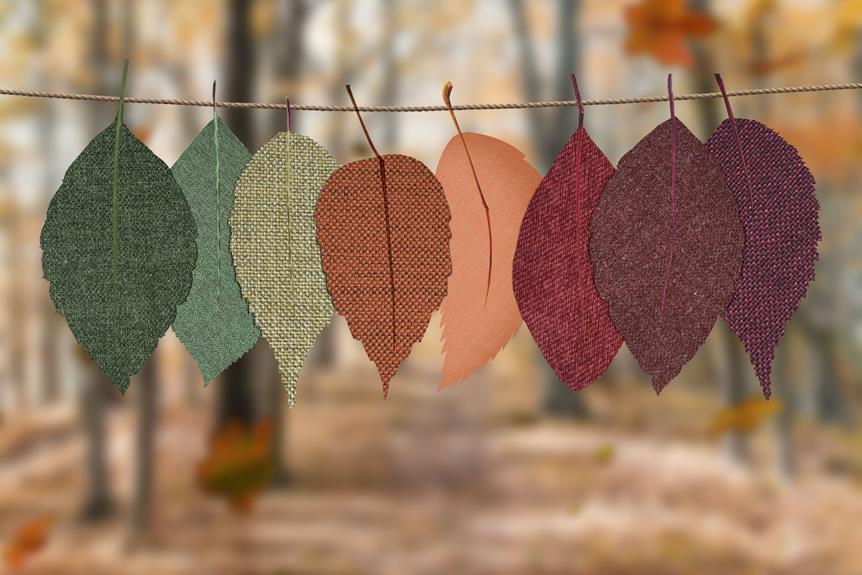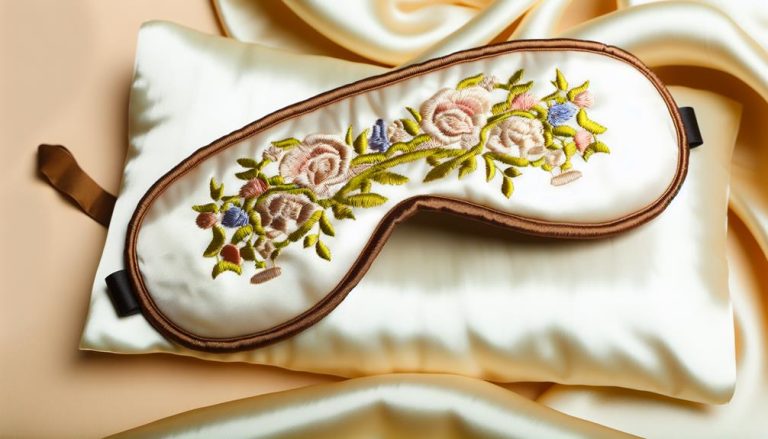Imagine walking into a clothing store and finding Eco-Friendly Fabrics – a beautiful dress made from recycled plastic bottles or a cozy sweater crafted from organic cotton. These are just a few examples of the eco-friendly fabrics that are revolutionizing the fashion industry.
In this article, we will explore why eco-friendly fabrics are important and what to look for when making sustainable fashion choices. By understanding the significance of these fabrics and how they can positively impact our planet, we can take steps towards a more sustainable future.
So, let’s dive into the world of eco-friendly fabrics and discover the exciting possibilities they hold for both fashion and the environment.
Importance of Eco-Friendly Fabrics
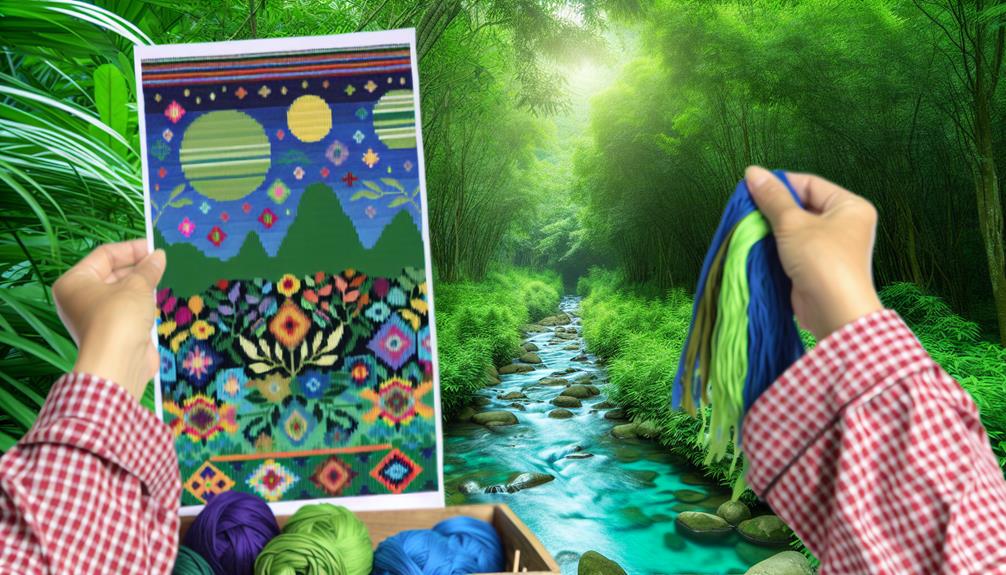
Choosing eco-friendly fabrics is essential for a sustainable and environmentally conscious lifestyle. When it comes to our clothing choices, opting for sustainable fabrics allows us to make a positive impact on the planet.
These fabrics are made from eco-friendly raw materials and natural fibers, prioritizing environmental sustainability in their production. Not only are they high-quality and durable, but they also extend the lifespan of our clothing, reducing the need for frequent replacements.
Biodegradable fabrics, such as silk, leave no trace when disposed of and can last for years with proper care. Recyclable fabrics, like recycled polyester, can be broken down and reused to make new clothes.
Benefits of Natural Fiber Fabrics
Natural fiber fabrics offer a multitude of benefits that make them a superior choice for eco-conscious individuals. These fabrics are not only environmentally friendly, but they also provide comfort and durability. Here are some key benefits of natural fiber fabrics:
| Benefit | Description |
|---|---|
| Breathability | Natural fibers like cotton and linen allow air to circulate, keeping you cool and comfortable. |
| Moisture-wicking | Fabrics like bamboo and hemp have natural moisture-wicking properties, keeping you dry and odor-free. |
| Hypoallergenic | Natural fibers are less likely to cause skin irritations and allergies, making them ideal for sensitive skin. |
| Biodegradable | Natural fiber fabrics are biodegradable, meaning they can break down naturally without causing harm to the environment. |
Advantages of Biodegradable Fabrics
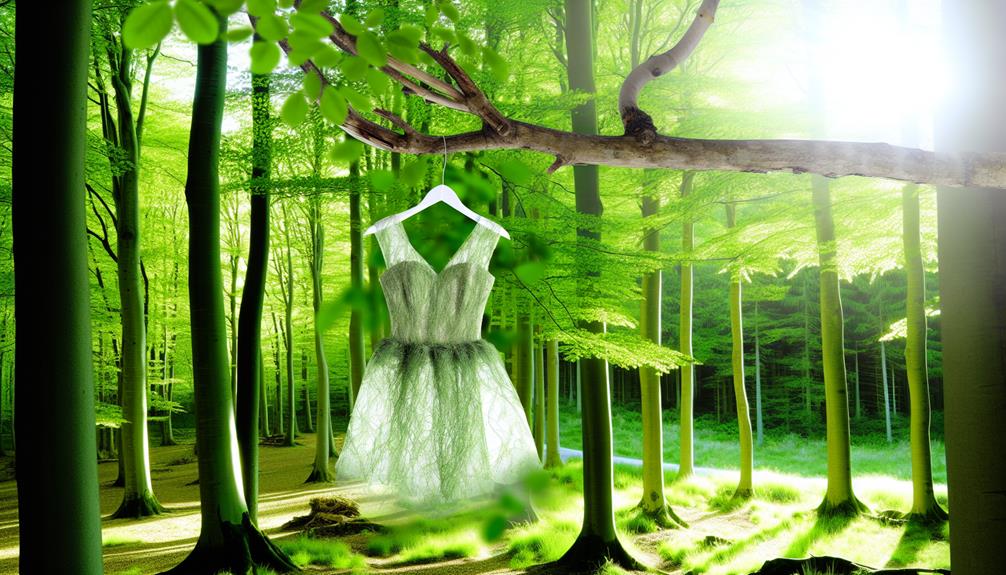
When considering eco-friendly fabrics, it’s important to explore the advantages of biodegradable options. Here are three reasons why biodegradable fabrics are a great choice:
- Environmental Impact:
Biodegradable fabrics have a minimal impact on the environment. When disposed of, they break down naturally, returning to the earth without leaving a trace. This reduces waste and prevents harmful pollutants from entering our ecosystems.
- Longevity:
Biodegradable fabrics, such as silk, are known for their durability. With proper care, they can last for years, reducing the need for frequent replacements. This not only saves money but also reduces the demand for new fabric production, further benefiting the environment.
- Versatility:
Biodegradable fabrics come in a variety of options, from silk to organic cotton. This means that you can find a biodegradable fabric that suits your style and needs, without compromising on sustainability.
Benefits of Recyclable Fabrics
Recyclable fabrics offer a sustainable solution for reducing waste and promoting a circular fashion economy. By using these fabrics, we can contribute to a more environmentally-friendly and ethical fashion industry.
One of the key benefits of recyclable fabrics is that they can be broken down and reused to make new clothes. This helps to minimize the need for new raw materials, reducing the strain on our planet’s resources. Recyclable fabrics can be made from natural fibers or plastic-based materials, such as recycled polyester. However, it’s important to note that washing recycled polyester can release harmful microplastics into the ocean, so proper care and consideration are needed.
Additionally, by donating old clothing that isn’t recyclable, we can still play a part in reducing waste and promoting a more sustainable fashion industry.
Top Eco-Friendly Fabric Options
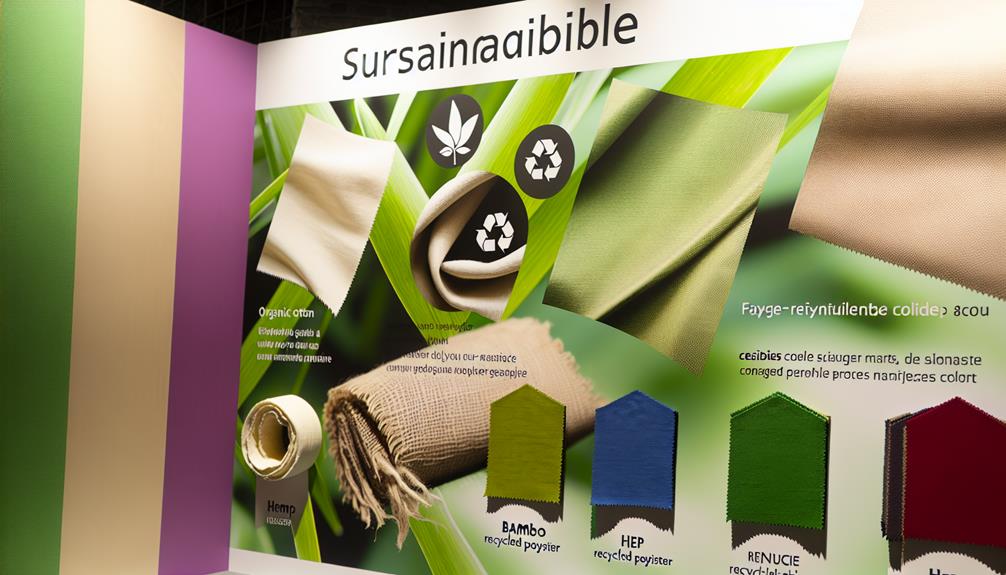
Looking for sustainable fabric options that are good for the planet and your wardrobe? Here are some top eco-friendly fabrics to consider:
- Organic Cotton: This fabric is made from natural fibers and is grown without the use of harmful pesticides or synthetic fertilizers. It’s biodegradable and can be composted if natural dyes are used. Organic cotton is breathable, soft, and durable, making it a great choice for clothing items like t-shirts and jeans.
- Tencel: Tencel is a fabric made from wood pulp sourced from sustainably managed forests. It’s produced using a closed-loop process that recycles solvents and minimizes waste. Tencel is known for its silky smooth texture, breathability, and moisture-wicking properties, making it ideal for activewear and underwear.
- Hemp: Hemp is a versatile and eco-friendly fabric option that requires minimal water and no pesticides to grow. It’s highly durable, breathable, and naturally resistant to UV rays and mold. Hemp fabric is commonly used in shirts, dresses, and accessories, providing a sustainable alternative to conventional materials.
Consider these eco-friendly fabrics for a more sustainable and conscious wardrobe that aligns with your values.
Frequently Asked Questions
Are Eco-Friendly Fabrics More Expensive Than Traditional Fabrics?
Yes, eco-friendly fabrics can be more expensive than traditional fabrics. This is because the production process of eco-friendly fabrics often involves using sustainable materials and environmentally friendly practices, which can be more costly.
However, it’s important to consider the long-term benefits of these fabrics. They’re durable and long-lasting, meaning you won’t have to replace them as frequently.
Additionally, investing in eco-friendly fabrics supports sustainable fashion and helps reduce your environmental impact.
Can Natural Fiber Fabrics Be as Durable as Synthetic Fabrics?
Yes, natural fiber fabrics can be just as durable as synthetic fabrics. While synthetic fabrics like polyester may be known for their strength and longevity, natural fibers such as cotton, hemp, and bamboo can also offer excellent durability. In fact, with proper care, natural fiber fabrics can last for many years.
Additionally, natural fibers have the added benefit of being biodegradable, which makes them a more sustainable choice for the environment. So, when it comes to durability, natural fiber fabrics can definitely hold their own.
What Are the Potential Negative Effects of Using Non-Toxic Dyes in Natural Fabrics?
Using non-toxic dyes in natural fabrics can have positive effects on the environment. These dyes are free from harmful chemicals, reducing the pollution caused by traditional dyeing processes. They also minimize the impact on water sources, as they require less water for dyeing.
Additionally, non-toxic dyes are safer for workers and consumers, as they don’t contain harmful substances.
How Can I Properly Care for and Extend the Lifespan of Biodegradable Fabrics?
To properly care for and extend the lifespan of biodegradable fabrics, we recommend following a few simple steps.
Firstly, always read and follow the care instructions provided by the manufacturer.
Secondly, wash biodegradable fabrics using cold water and mild detergent to minimize damage.
Thirdly, avoid using bleach or harsh chemicals, as they can weaken the fabric fibers.
Lastly, air drying or using a low heat setting in the dryer can prevent shrinkage and maintain the fabric’s integrity.
Are There Any Alternatives to Recycled Polyester That Are More Environmentally Friendly?
There are several alternatives to recycled polyester that are more environmentally friendly.
One option is organic cotton, which is fully biodegradable and compostable when natural dyes are used.
Another option is organic hemp, which is a sustainable fabric choice.
Additionally, organic bamboo is another eco-friendly fabric option.
These alternatives provide a more sustainable and earth-friendly choice compared to recycled polyester.
Conclusion
In conclusion, opting for eco-friendly fabrics isn’t only beneficial for the environment but also for our wallets. These fabrics, made from natural fibers and raw materials, prioritize sustainability and use non-toxic dyes and environmentally friendly methods.
Not only do they reduce waste and save money in the long run, but they also offer a longer lifespan. By choosing brands that prioritize eco-friendly fabrics, we can contribute to a more sustainable and ethical fashion industry and make a positive impact on our planet.

